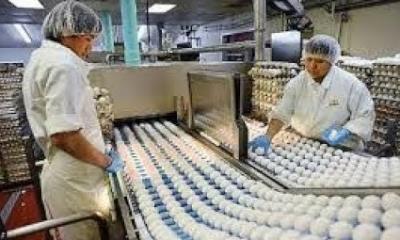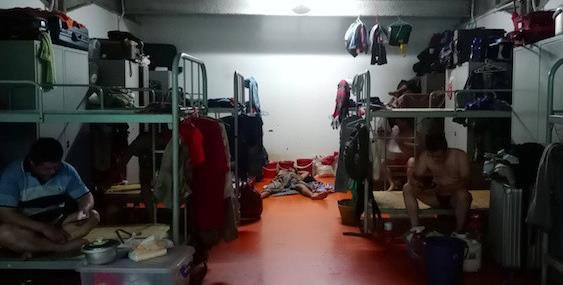 It is evident that meat packing plants become “hot spots” for COVID-19 involving not only plant workers, but the community in which they are located. The relationship between the incidence rate of COVID-19 and density within housing is evident among workers in specific rural counties in Georgia, Iowa, Nebraska, and South Dakota where large packing plants are located.
It is evident that meat packing plants become “hot spots” for COVID-19 involving not only plant workers, but the community in which they are located. The relationship between the incidence rate of COVID-19 and density within housing is evident among workers in specific rural counties in Georgia, Iowa, Nebraska, and South Dakota where large packing plants are located.
Low-paid workers, frequently immigrants, occupy homes that include multi-generational occupants at high density making social distancing impossible. This situation is evident in Singapore where COVID-19 is almost completely confined to migrant workers who live in dormitories. It is estimated that 10 percent of all migrant workers have become infected since March, compared to less than 0.1 percent of the general population, most of whom live in small apartments. During the past few weeks, among confirmed cases reported in Singapore over 94 percent are among residents of migrant worker dormitories, with the proportion rising to 99 percent during the past two weeks.
Concentrating workers in confined spaces with inadequate ventilation and with poor hygiene and facilities for hand washing contributes to aerosol transmission in addition to contact with contaminated surfaces. Close proximity between susceptible individuals and infected carriers, many of whom are asymptomatic, leads to infection. This is noted on cruise ships and prisons and can be expected where people gather, justifying lock-down recommendations and closing places of worship, entertainment centers and even educational institutions where appropriate distancing cannot be achieved.

High population density in Singapore Dormitory
Fortunately egg packing plants do not attain the density of meat plants although transmission can occur in break rooms, locker areas and offices. Appropriate preventive measures include staggering clock-in times and breaks, providing masks that must be worn in situations of close contact. Installation of dry hydrogen peroxide generators to producing a virucidal vapor should be considered for areas where staff congregate.